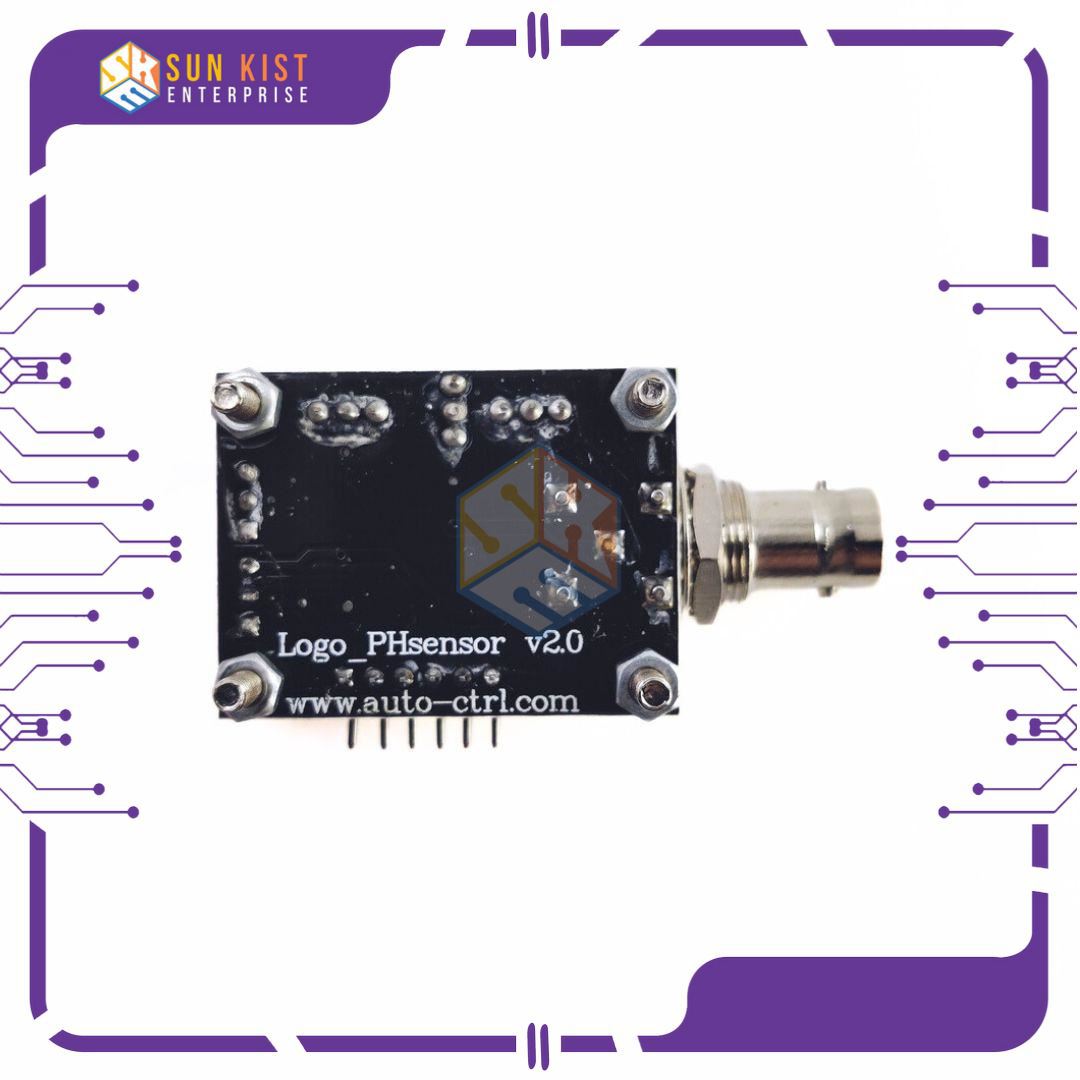Description
A pH sensor with temperature compensation (often referred to as a pH and temperature sensor or pH and temperature probe) is a device that is designed to measure the pH (acidity or alkalinity) of a solution while also accounting for the temperature of that solution. pH sensors are commonly used in a variety of applications, including water quality monitoring, laboratory analysis, and industrial processes. Here are the key features of a pH sensor with temperature compensation:
1. **pH Measurement:** The primary function of the sensor is to measure the pH of a solution, which is a measure of the concentration of hydrogen ions (H⁺) in the solution. pH is a logarithmic scale that typically ranges from 0 to 14, with 7 being neutral, values below 7 indicating acidity, and values above 7 indicating alkalinity.
2. **Temperature Measurement:** In addition to pH, the sensor also includes a temperature sensor (usually a thermistor) to measure the temperature of the solution. Temperature can affect pH readings, so accurate compensation for temperature is important for precise pH measurements.
3. **Temperature Compensation:** The sensor applies temperature compensation to the pH measurement. pH readings are adjusted based on the solution’s temperature to provide accurate and stable pH values, especially in situations where temperature variations are significant.
4. **Reference Electrode:** pH sensors typically consist of a pH-sensitive electrode and a reference electrode. The reference electrode provides a stable reference potential for the pH electrode.
5. **Calibration:** pH sensors require regular calibration using standard pH buffer solutions with known pH values. The calibration process ensures accurate measurements.
6. **Maintenance:** Proper maintenance of pH sensors includes regular cleaning and storage in a pH electrode storage solution to maintain sensor performance.
7. **Output:** pH sensors output data in a standard format suitable for connection to data loggers, controllers, or other monitoring and control systems. Common output signals include analog (mV) or digital (e.g., 4-20 mA, RS-485).
8. **Applications:** pH sensors are used in various fields, including environmental monitoring, water treatment, aquaculture, food and beverage production, chemical processes, and scientific research.
9. **Inline and Submersible Models:** pH sensors come in different physical forms, including inline (for direct insertion into a process stream) and submersible (for immersion in a sample container).
10. **Materials of Construction:** The choice of materials for the sensor’s electrodes and body can depend on the specific application. Materials are selected to ensure compatibility with the solution being measured.
pH sensors with temperature compensation are essential tools in fields where pH control and monitoring are critical. They enable users to maintain the desired pH levels in various processes and ensure accurate data collection, even when temperature fluctuations can affect pH readings.












Reviews
There are no reviews yet.